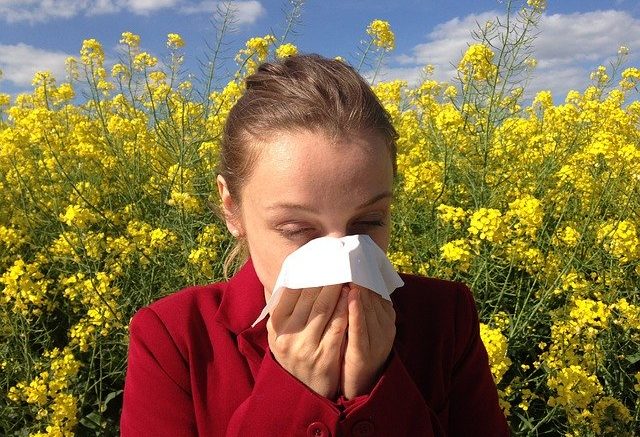Have your hay fever symptoms started to resurface with the warmer weather? If so, you’re not alone: leading charity Allergy UK found that almost half of people living in the UK have reported symptoms of hay fever, with up to 37% having developed symptoms for the first time ever in the past five years.
With the recent surge in people experiencing symptoms leading to an industry-wide shortage of hay fever pills, it could be time to turn to natural remedies. In this guide, we’ll cover three steps you can take at home to reduce pollen irritation, too – and it might start with reshaping your daily routine.
Dusting
Dust particles alone might be enough to trigger respiratory symptoms, particularly if you’re asthmatic or already suffer from other allergies. However, regularly clearing dust from the floors, furniture and surfaces around your home should also help to keep pesky pollen particles at bay, too.
It’s a good idea to wear a mask while you’re dusting. We also recommend going over furniture and skirting boards with a damp cloth first, making sure you’ve got the higher surfaces covered before you do any hoovering. Remember, some tools like feather dusters might spread dust around and end up worsening your air quality.
Looking after your clothes
Along with being carried around in the air, pollen sticks to just about anything – including your clothes. Try to keep your clothes in an ideally closed, fitted wardrobe to prevent extra pollen and dust from gathering on them, and always wash your clothes after spending time outdoors.
Did you know that the way you wash your clothes could also make a difference to your hay fever symptoms? If you usually hang your laundry outside in the morning and leave it until the late afternoon, you could be inviting more pollen inside onto your bedding, clothes, and towels.
In the UK, pollen levels are always highest at dawn and dusk – so if you have to hang it outside, try to do so during the middle of the day. Detailed pollen forecasts can be found online via the Met Office.
Clearing the air
Keeping the air inside your home as clean as possible should also prevent the heavy gathering of pollen particles. Even using scented candles, burning incense, or lighting up the wood burner could aggravate your allergies, so it’s best to keep things simple. A quality air purifier will not only promote clean air inside your home but should also reduce your pollen exposure.
If you’re not getting any luck from hay fever balms or pills, it might be time to kickstart new routines at home. Above all, keeping your clothes and bedding indoors should help you to breathe comfortably through the night and day.
